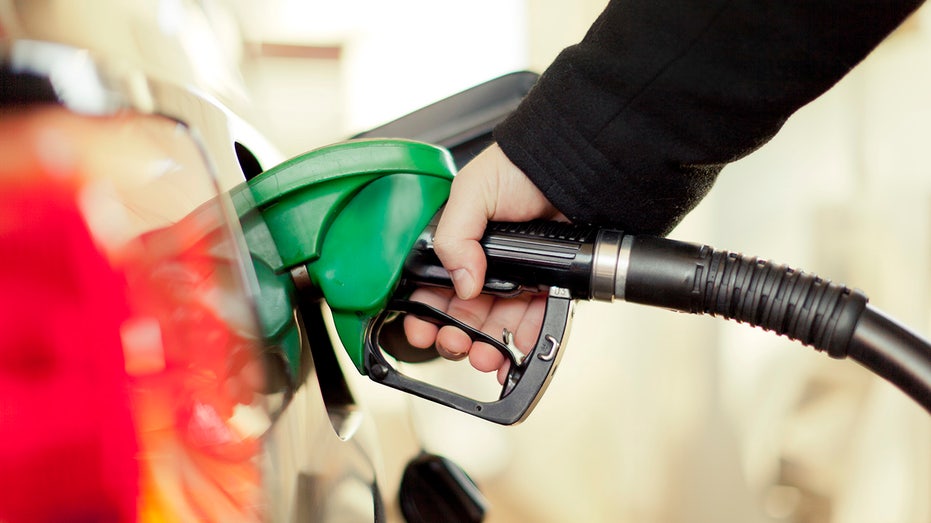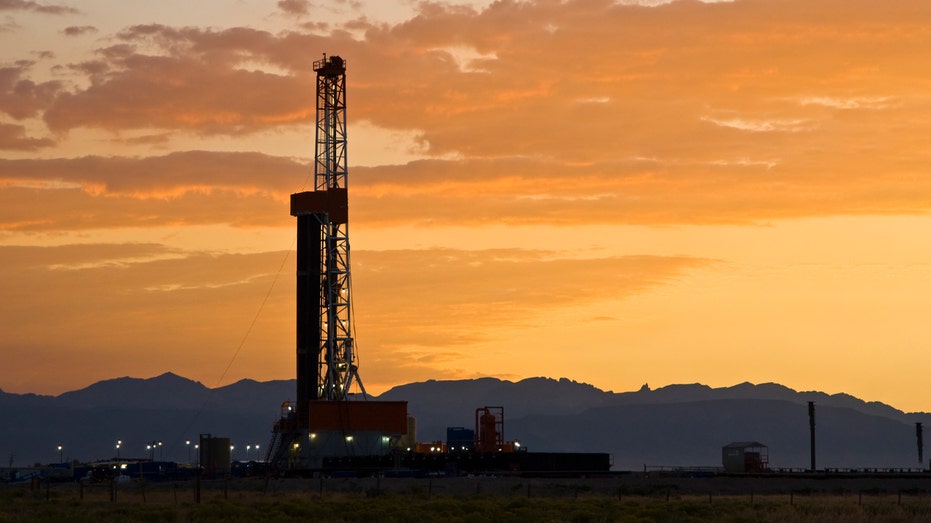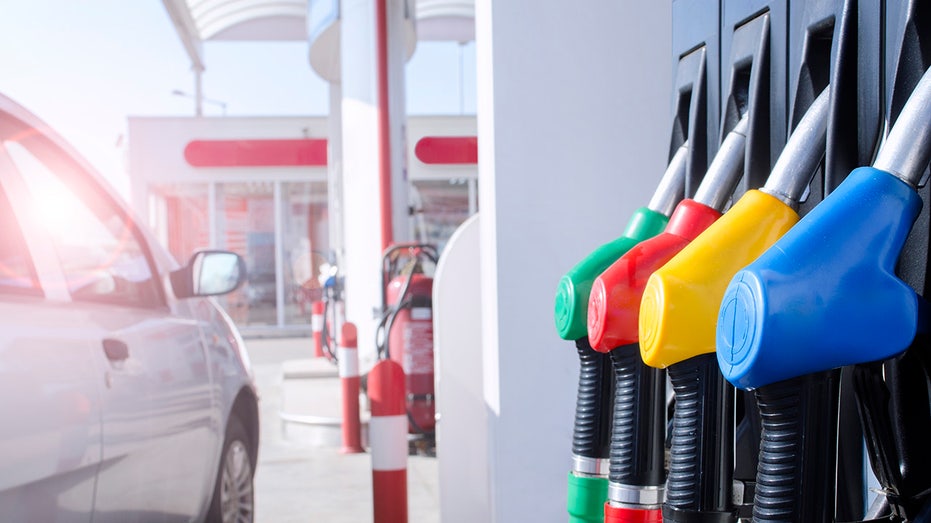Gas prices by the numbers: Key historical facts amid surging fuel costs
A light dive into the history of gasoline in the US
Rising gas prices are Biden's making: Sen. Blackburn
Tennessee Sen. Marsha Blackburn rips President Biden for fueling surging gas prices on 'The Evening Edit.'
Americans are currently dealing with the surge in gasoline prices, and there's a history behind the fuel that powers our cars as well as the industry’s future.
Here are a few number-focused facts that’ll expand your knowledge about current gas pricing, how the fuel came to be, sales and market forecasts.
Read below for some facts you can spring on trivia night.
GAS PRICES SURPASS $4, LEADING AMERICANS TO MAKE LIFESTYLE CHANGES: AAA
A glance at current gas prices

Gas prices are on the rise in the U.S. (iStock)
4 – The American Automobile Association (AAA) reports the average cost of gas in the U.S. is around $4.15 per gallon.
Here’s a look at some of the highest and cheapest gas prices in the country, according to AAA’s State Gas Price Averages list.
Gas prices are highest in:
- California ($5.81)
- Hawaii ($5.23)
- Nevada ($5.15)
- Alaska ($4.72)
- Washington ($4.70)
- Oregon ($4.67)
- Arizona ($4.63)
- Utah ($4.51)
- Idaho ($4.42)
- Illinois ($4.39)
Gas prices are cheapest in:
- Missouri ($3.71)
- Maryland ($3.77)
- Kansas ($3.73)
- Oklahoma ($3.74)
- Arkansas ($3.75)
- Texas ($3.80)
- Georgia ($3.82)
CALIFORNIA GAS STATION'S 'INSANE' PRICES WILL MAKE YOUR JAW DROP
Key years in gasoline history
1859 – The discovery of gasoline was first recorded in 1859 when American businessman Edwin Drake launched the first crude oil well dig in Pennsylvania, according to the U.S. Energy Information Administration (EIA). At the time, oil was distilled for kerosene production, which helped people light their homes. Gas and other petroleum products were produced through this process as well, but there wasn’t a pressing need for the material.

American businessman Edwin Drake launched the first crude oil well dig in Pennsylvania in 1859, but gasoline wasn't a top export at the time, according to the U.S. Energy Information Administration. Now gas in a massive industry thanks to the growth (iStock)
1892 – Gasoline became a valuable fuel source in 1892 with the invention of the automobile, according to the EIA.
1907 – The first gas "filling" station on record was the Standard Oil of California, which opened in 1907 in Seattle, according to the American Petroleum Institute (API). Prior to that, people reportedly bought gasoline from bulk depot stores.
1920 – Nine million gasoline-powered automobiles were being driven on American roads by 1920, according to the EIA.
AVERAGE GAS PRICES COULD FALL UNDER $4 IN COMING WEEKS, EXPERT SAYS
Current gas and auto industry stats, plus forecasts

Gasoline-powered cars are still the most prevalent on American roads. Though, electric, hybrid and plug-in hybrid cars are beginning to pick up steam. (iStock)
290 – Hedges & Company, an automotive market research company, projected that the U.S. will reach 290.8 million registered vehicles in 2022 – which is a 0.4% increase from its 2021 estimate (289.5 million).
89 – Gasoline- and diesel-powered road vehicles made up 89.1% of "light-duty vehicle sales" in the U.S. during the fourth quarter of 2021, according to auto industry forecaster Wards Intelligence – as noted in an EIA report from February 2022. The remaining 10.9% were vehicle sales in the hybrid (6.1%), electric (3.4%) and plug-in hybrid (1.4%) categories.
716 – The U.S. gasoline and petroleum wholesaling market is projected to reach $716.7 billion, according to a market research forecast from IBISWorld – an industry analysis company.
GET FOX BUSINESS ON THE GO BY CLICKING HERE
Interesting and notable gas trivia

There are two U.S. states where self-service gas pumping is extremely limited and/or prohibited. (iStock)
48 – Self-service gas stations have been around since 1947, but only 48 states allow customers to fuel up themselves. Oregon and New Jersey are the two states that have legal limits or outright prohibit citizens from pumping their own gas.
49 – The National Highway Traffic Safety Administration has ordered automakers to get their corporate average fuel economy to 49 miles-per-gallon by 2026, according to Fox News Digital.
116,641 – As of January 2022, the National Association of Convenience Stores (NACS) reports that there are more than 116,641 convenience store fueling stations in the U.S. The association estimates that convenience stores make up approximately 80% of motor fuel sales.
CLICK HERE TO READ MORE ON FOX BUSINESS
14,826 – The NACS says there are 14,826 "gas station/kiosk" stores that primarily focus on selling gas in the U.S.




















